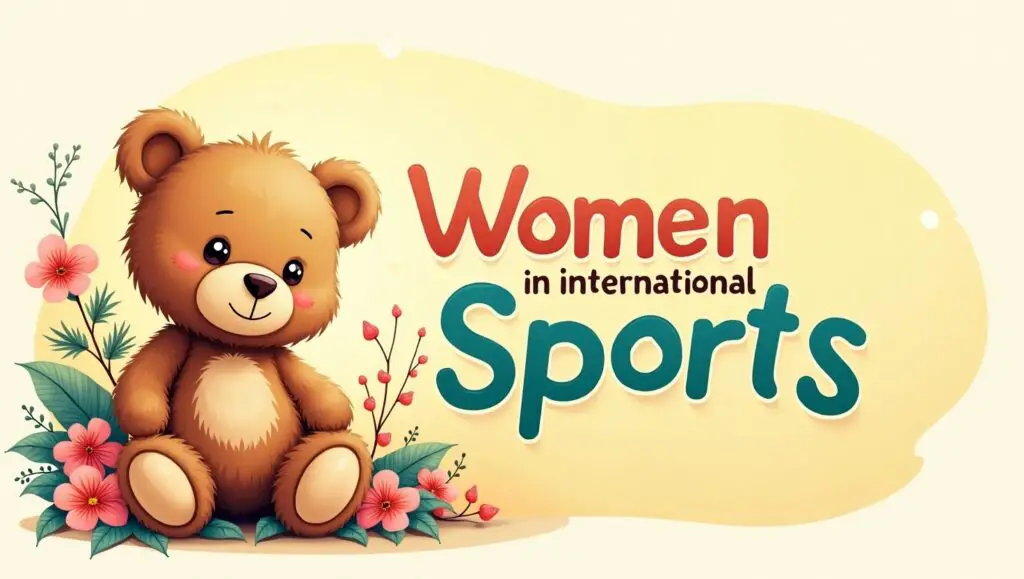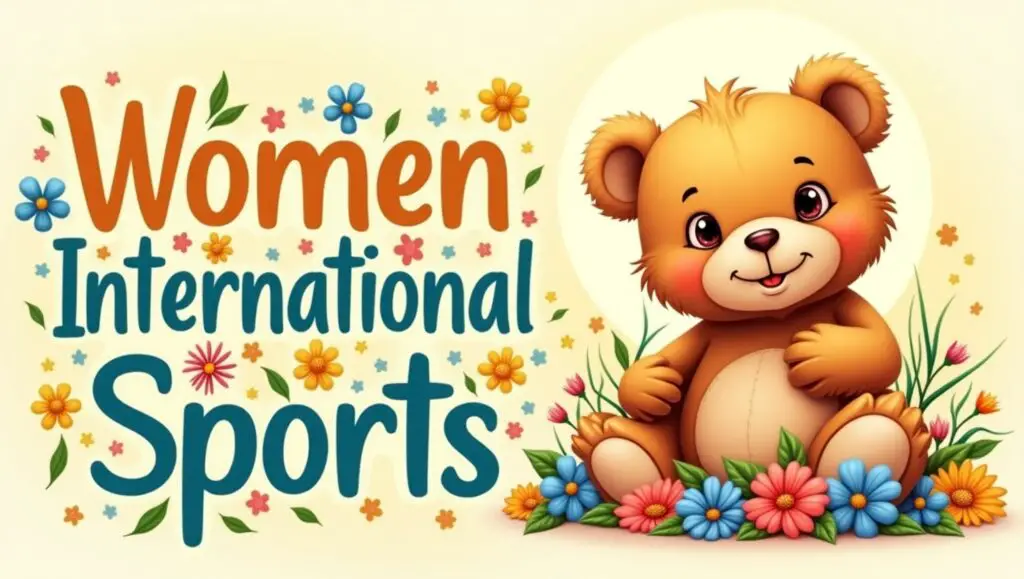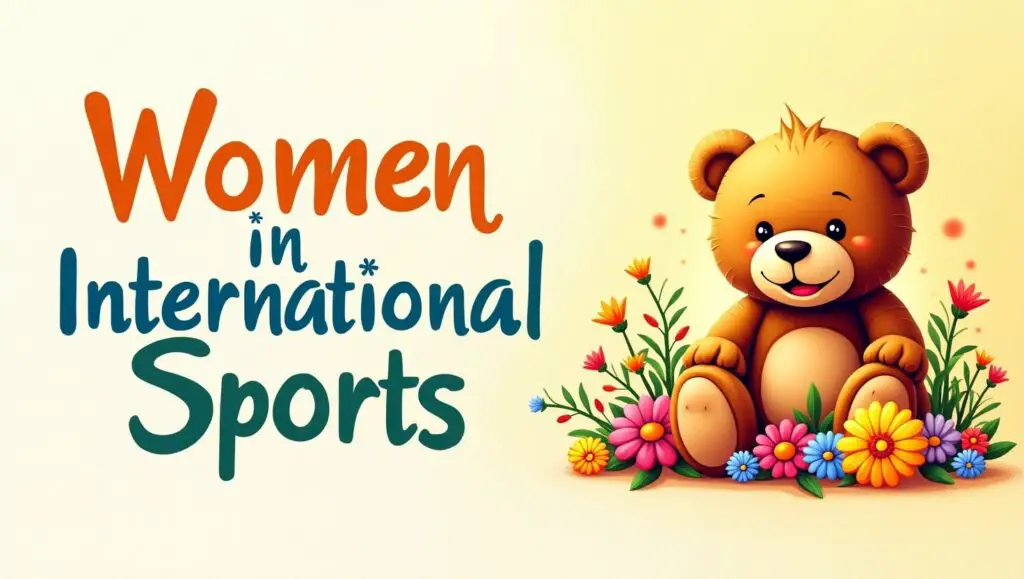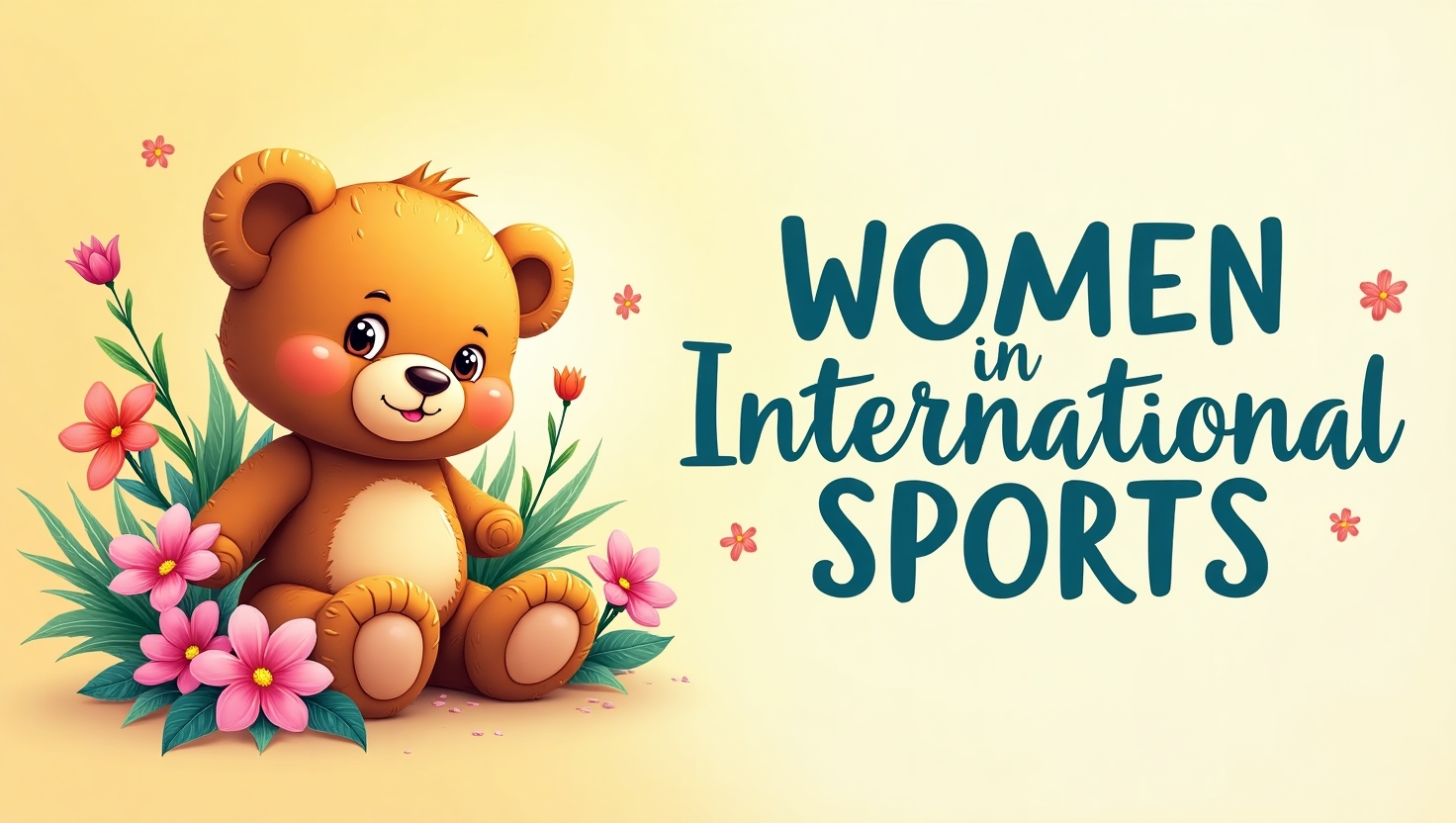Women in international sports the ever-evolving world of athletics, women have emerged as powerful, inspiring individuals who defy preconceptions and redefine excellence. From the tennis courts of Wimbledon to the Olympic tracks and global football fields, women in international sports have carved out a space that not only showcases their talent but also brings attention to gender equality, empowerment, and representation. This article discusses the rise of women in worldwide sports, the problems they encounter, important milestones, and how they continue to inspire future generations.

A Historical Perspective: The Long Road to Equality
For decades, sports were considered a male-dominated arena. Women were often discouraged or even banned from participating in competitive sports. In the early 20th century, female athletes were scarce, and chances were limited. It wasn’t until the Olympic Games of 1900 that women were allowed to compete, and even then, only in a few events like tennis and golf.
Over the years, continuous advocacy, policy changes, and altering public perceptions helped break down these obstacles. Title IX in the United States (1972) was one such groundbreaking statute, ensuring equal opportunity in sports for women and men. Since then, the participation of women in international sports has expanded rapidly.
Rising Stars and Global Icons
Today, female athletes are not only competing at the top levels but also dominating their sports and becoming global superstars.
- Serena Williams, with her tremendous tennis career, is one of the most recognized athletes of all time, winning 23 Grand Slam singles titles.
- Simone Biles, the American gymnast, has reinvented gymnastics with her unrivaled skills and fearless routines.
- Marta Vieira da Silva, known simply as Marta, is a Brazilian football legend and six-time FIFA World Player of the Year.
- P.V. Sindhu, India’s badminton star, has attracted attention to women’s sports across Asia with her Olympic and world championship medals.
- Shelly-Ann Fraser-Pryce, the Jamaican sprinter, has demonstrated that parenthood and athletic excellence can go hand in hand. These women are not only champions but also role models who utilize their positions to advocate for equality, mental health, and social change.

Challenges Women Still Face in International Sports
Despite great advances, women in sports continue to encounter several hurdles that their male colleagues typically do not.
1. Pay Inequality
Female athletes are often paid far less than men, even in similar or more successful positions. For example, until recent years, the U.S. Women’s National Soccer squad, despite winning numerous World Cups, received lower compensation than the less successful men’s squad.
2. Media Coverage and Sponsorship
According to global research, women’s sports receive only approximately 4% of total sports media coverage. This lack of visibility affects sponsorship opportunities, brand deals, and public recognition.
3. Gender Bias and Stereotyping
Many female athletes still fight against antiquated preconceptions. From criticism about appearance to doubts about physical capability, women in sports constantly push back against societal norms.
4. Limited Access in Developing Nations
In many parts of the world, cultural and societal conventions still limit girls’ access to sports. Issues such as lack of facilities, finance, and family support continue to impede female involvement.
Milestones and Progress in Women’s Sports
While challenges persist, there have been several groundbreaking moments that highlight how far women’s sports have come:
- Tokyo 2020 Olympics had nearly 49% female participation, making it the most gender-balanced Olympic Games in history.
- In 2022, Equal pay agreements were signed by both the U.S. Men’s and Women’s Soccer teams.
- The Women’s Champions League in football has risen rapidly, acquiring millions of fans worldwide.
- International Cricket Council (ICC) and other regulatory organizations are currently investing in women’s leagues and tournaments.
- The emergence of professional women’s leagues in basketball, football, and mixed martial arts (MMA) has opened full-time employment possibilities for female athletes.

Impact Beyond the Field
Women in international sports are doing more than just winning medals—they are transforming lives and narratives.
- Advocacy: Athletes like Naomi Osaka and Megan Rapinoe use their platforms to speak out on causes such as racial justice, LGBTQ+ rights, and mental health.
- Inspiration: Young girls around the world increasingly perceive women in sports as role models, inspiring them to dream big and participate in physical exercise.
- Policy Influence: High-profile athletes have affected sports policies on maternity leave, sexual harassment protections, and equitable facilities.
The Future of Women in Sports
The future of women in sports is optimistic, driven by digital media, social action, and increased investment. As viewers demand equity and representation, sports organizations are being held accountable for change.
What to expect:
- More equal prize money across key tournaments * Enhanced media coverage and TV deals * Stronger grassroots initiatives for young girls * Female coaches, referees, and executives in leading roles * Technological help like performance tracking adapted for female physiology
Conclusion
Women in international sports have journeyed from the sidelines to center stage. Their expansion mirrors greater societal movements towards equality, empowerment, and advancement. While many challenges remain, the momentum is obvious. Each sprint, serve, and goal scored by a female athlete is a step forward for all women.
As fans, media, and organizations continue to promote and celebrate women’s sports, we move closer to a future where talent, not gender, determines success



